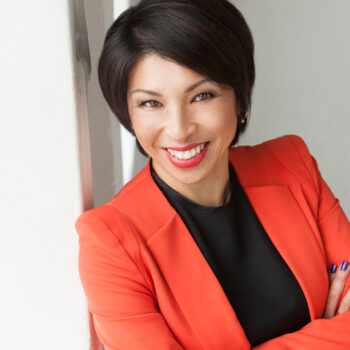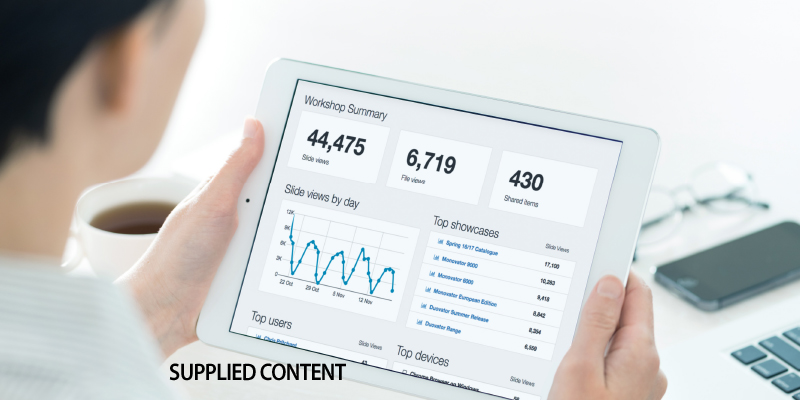Pick of the PC crop
Bill Bennett has been reviewing the marketplace in search of this year’s standout personal computers. He’s selected business-capable models to suit all budgets.
Bill Bennett has been reviewing the marketplace in search of this year’s standout personal computers. He’s selected business-capable models to suit all budgets.
You don’t need to look far to understand why the personal computer fell out of favour in recent times. That phone in your pocket does most, if not all, of the work we once gave to PCs.
As a result the PC market has fallen. After peaking at 364 million units in 2011, global sales are now down to around 255 million a year. That’s a 30 percent drop.
Earlier this year there were signs the market may have stabilised – although it is too soon to talk of a recovery.
The personal computer market didn’t exactly stand still during the lean years. True, the innovations have not come at the rapid pace they once did – yet there have been many improvements in computer design. Some are cosmetic, others make a real difference.
For many of us, the most important change is that portable computers now work for far longer on a single battery charge. Developments in the pipeline suggest this will go further. Next year we are told we can expect models that run for more than 25 hours on a single charge. That’s at least two normal working days.
Another important change in recent years is the range of format choice. It can be confusing. This is most apparent with laptops. Today you can choose a slim, yet fully formed and business-ready portable that weighs-in at around a kilogram.
Or you can buy something that is five times as heavy and has a giant screen. Big laptops like this are known as desktop replacements. They’re especially popular with gamers, but they can work hard too. If you want to crunch numbers, design things, process large volumes of data and then kill aliens in your downtime they are a great choice.
You may even be able to convince your accountant a laptop made for gamers is a business expense. Specialised gaming laptops are colourful and have sculpted designs.
They aren’t the only ones that look different to old-school portables. Today you can buy laptops that fold up to act like tablets and others that pull apart to become actual tablets. You can choose touch-screens or models that are so thin and wispy that you might forget it is in your backpack.
If you’re on a tight budget or you’re clumsy and chew through hardware at an expensive pace, choose a Chromebook. Prices start from under $500.
Chromebooks are simple laptops with basic hardware. Instead of running Windows, they use Google’s Chrome operating system which is much the same as the Chrome browser. You do all your work with cloud apps, although you can work offline when you don’t have an Internet connection.
At the time of writing, Warehouse Stationery is selling a $400 HP Chromebook 11. These models are popular with youngsters and people on a low budget, but you can easily run a small business on one.
One of the great advantages of the Chromebook is that its simplicity means there’s not much to go wrong or configure. Just fire it up and start working.
Desktop replacements
At the other end of the scale, with prices starting at a shade over $3000, the Asus ZenBook Pro 15 falls into the ‘desktop replacement’ class. That is, it delivers much of what you’d expect from a desktop computer, even though it is slim and light. You can pay more and configure it with an Intel Core i9 processor if you have demanding apps. It also has a 4K display which makes it great for viewing high quality images or video.
The headline feature of the ZenBook is the computer’s touchpad that also acts as a second screen. You can run apps on the touchpad screen or use it to display commands for the software running on the main high resolution screen.
The main screen is also touch-enabled, which is the best way to use Microsoft Windows 10. There’s also a gamer’s version of the ZenBook Pro 15 with a graphics GPU.
Apple’s unique Touch Bar
In some respects the touchpad screen on the ZenBook Pro 15 is a different take on the Touch Bar found on Apple’s MacBook Pro range. The Touch Bar is an Oled strip that runs across the top of the computer’s keyboard, where you would normally expect to find function keys.
It can work as function keys, but the fact that it’s a screen makes it programmable. This means different apps use the Touch Bar for different functions.
One of the most interesting functions is when it becomes a volume controller. Other apps use it to pick colours or display extra information.
Prices for a MacBook Pro with Touch Bar start at $3000. However, you can buy a model without a Touch Bar for $2200.
Premium convertibles
If you fancy a premium business convertible laptop, HP’s EliteBook x360 1030 G3 is the kind of model corporations give to their executives. Prices start at $2500 but options can add another $1000 to the price-tag. The basic model has a Core i5 processor, but there’s a Core i7 version and an optional 4K touch-screen model.
The Elitebook x360 is a convertible. This means you can use it as an everyday laptop, or pull the screen right back so it acts like a touch-screen tablet. There’s also an option to turn the screen to a display position if you want to use it to give, say, customer presentations.
HP says you can get “up to” 18 hours of battery life with this Elitebook. Even allowing for the usual exaggeration (all computer makers push it a bit with battery life claims) that means you are good for the longest working day and then some.
The laptop weighs 1.25 kg and is only 15mm deep. HP describes it as “the world’s smallest business convertible”. The screen measures 13.3 inches across the diagonal. There’s almost nothing surrounding the screen (that’s the “bezel” in industry jargon). Despite this the milled aluminium case is robust enough to take plenty of punishment.
The Elitebook might not be suitable for industrial sites, but moving from office-to-office in a bag would be just fine.
HP has simplified the ports on the 2018 Elitebook x360 too. You now get two USB-C ports, one of which is used for charging. There is also an HDMI and a Thunderbolt 3 port.
Security is a big deal in business class laptops these days. The x360 has a fingerprint reader and comes with proprietary security software including HP Sure Start and BIOSphere – which make sure your computer hasn’t been tampered with.



